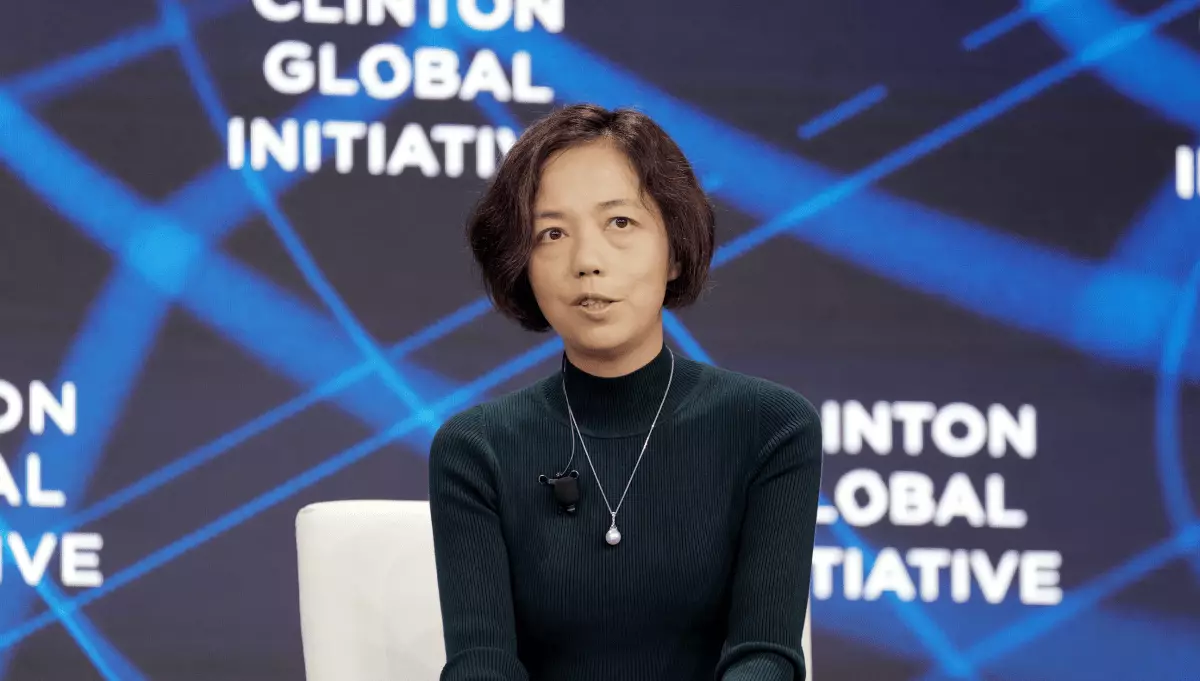Artificial General Intelligence (AGI) has become a term surrounded by a complex web of speculation and excitement, particularly in the AI community. Recent discussions, especially those featuring eminent experts like Fei-Fei Li, illuminate the challenges that come with defining and pursuing such an ambitious goal. As organizations like OpenAI invest heavily—raising $6.6 billion towards their vision of AGI—it is vital to unravel what AGI means and where society stands on this critical threshold.
One central theme emerging from recent discussions is the confusion surrounding the concept of AGI itself. Despite being a leader in the AI field, Fei-Fei Li confessed uncertainty about what AGI precisely entails. As the person credited with launching the “AI boom” through her work on ImageNet, Li’s insights carry weight. In her remarks at Credo AI’s responsible AI summit, she candidly revealed that challenges and terminologies such as “AI singularity” are often as nebulous for experts as they are for the general public. “I don’t really know what all these words mean,” she stated emphatically, suggesting that the academic journey through AI has overlooked practical definitions in favor of abstract notions.
The complexity and ambiguity of defining AGI serve to highlight an ongoing dilemma faced by practitioners: how do we measure progress towards a goal that is itself ill-defined? Terms like “innovation” and “organization” in the context of AI—which OpenAI addressed through its internal five-level framework for assessing AGI—only create further confusion. As Li indicated, even those at the forefront of AI grapple with understanding what AGI truly represents—beyond the simplistic notion of AI functioning at the level of a “median human coworker.”
Fei-Fei Li’s reflections on her journey in AI reveal the field’s evolution from mere theoretical exploration to a technological phenomenon reshaping multiple industries. By establishing ImageNet, she provided critical early data that enabled advancements in machine learning. The powerful interplay of data, neural networks, and GPU computing during the early 2010s marked a significant turning point, fueling rapid developments in AI capabilities.
Nevertheless, as she noted, while AGI represents the next frontier, it is essential not to lose sight of the ethical and societal implications of advanced technologies. Li’s awareness of the complexities involved in AI regulation comes into sharp focus when considering recent legislative efforts like California’s SB 1047. After the bill was vetoed, she expressed relief but also called for a more thoughtful dialogue around AI accountability and the responsibility of technologists.
Advocacy and Regulation in AI
Li’s participation in California’s task force for AI oversight reflects her commitment to fostering an environment where innovation is pursued responsibly. In her view, penalizing individual technologists does little to enhance safety when technology is misused. Instead, she argued for a comprehensive regulatory framework that promotes continued innovation.
This perspective is indispensable, particularly as various stakeholders—government officials, technologists, and the public—grapple with the dualities of rapid technological advancement and ethical considerations. Emphasizing evidence-based approaches, Li advocates for balanced policies that prioritize human and community impacts, ultimately seeking a regulatory structure that addresses potentials for harm without stifling innovation.
Looking ahead, Li’s vision for her startup, World Labs, is emblematic of a shift towards understanding abstract concepts like “spatial intelligence.” Unlike traditional AI constructions that rely heavily on language-based models, spatial intelligence requires a more intricate understanding of our three-dimensional world. Li argues that achieving this understanding is not just about programming computers to see but enabling them to interact with, navigate, and influence the environment meaningfully.
This focus on spatial intelligence poses exciting challenges that could redefine our interaction with technology. Instead of merely naming objects, the goal is to perceive them contextually and functionally, bridging the gap between observation and action. Li’s insights underscore that while the aspirations for AGI loom large, the methods by which we pursue these ambitions must evolve and adapt accordingly.
As we continue to chart the uncharted waters of AGI, it is clear that the journey will not be straightforward. Organizations investing in this quest, like OpenAI, must grapple with conceptual ambiguities, regulatory challenges, and ethical considerations. Through the lens of thought leaders like Fei-Fei Li, there emerge pathways for fostering diverse perspectives and crafting responsible policies that guide our AI future. With careful consideration and collaborative efforts, society can steer the development of AGI in a manner that genuinely benefits all. The challenge remains: how do we define and attain this seemingly elusive goal?

